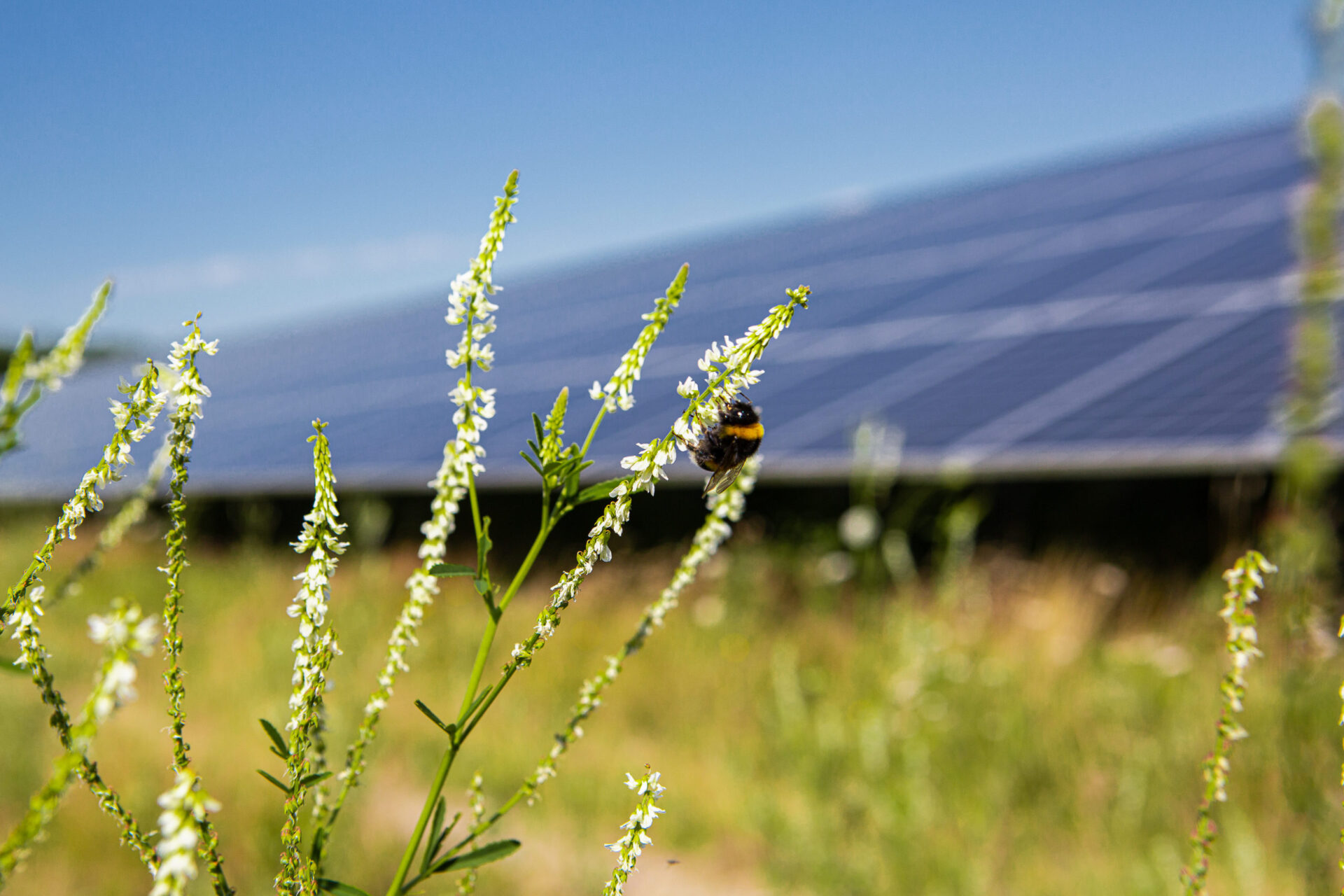On small area achieve a lot
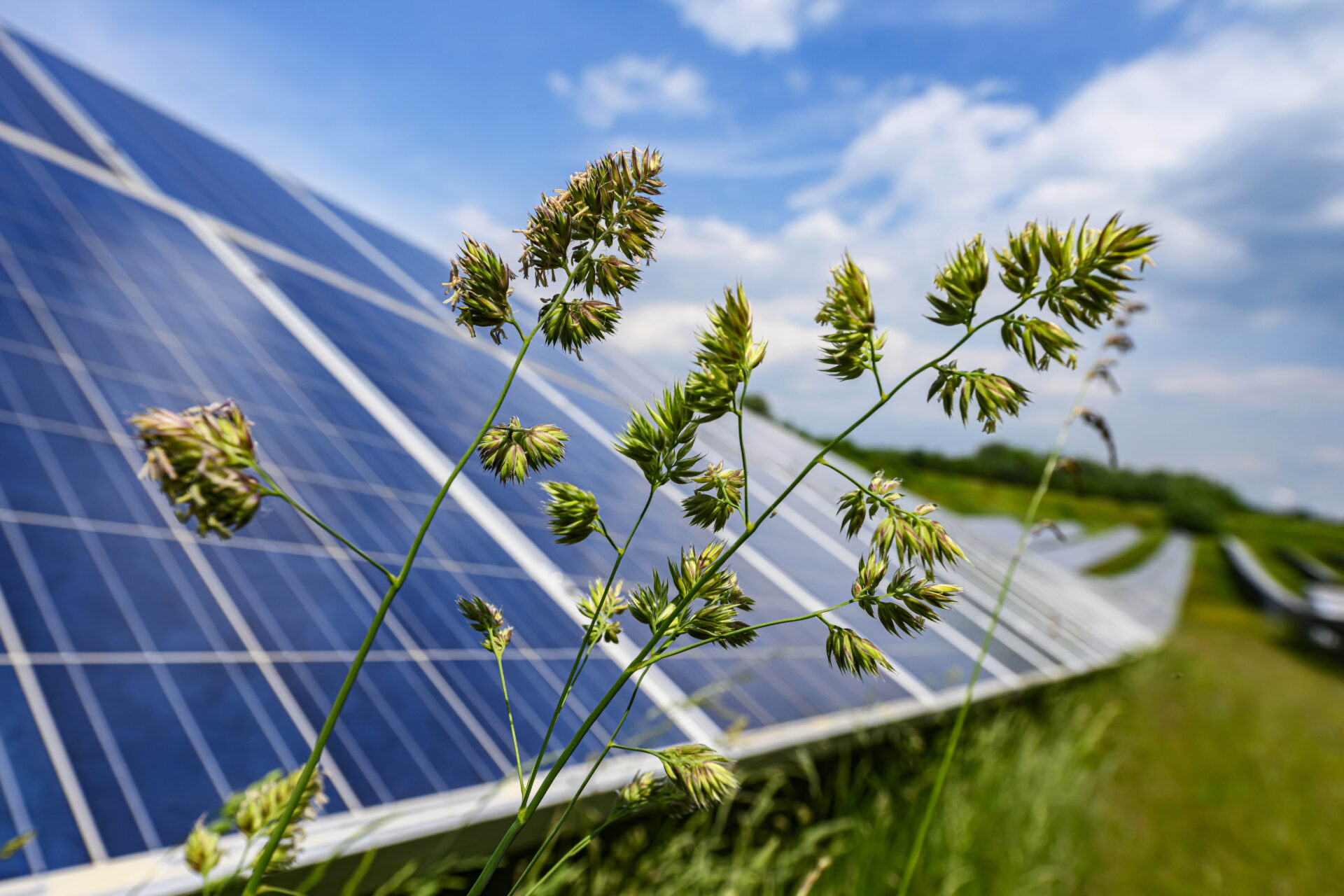
Agriculture and photovoltaics work hand in hand
The expansion of ground-mounted PV systems continues to gather pace. Almost all solar parks are already being built on agricultural land. It is therefore now necessary to clarify the issue of land use between the energy transition, agriculture and nature conservation. Solutions need to be found - not only for agrivoltaics, but also for all other solar park concepts in which professional land maintenance is carried out by farmers.
The Agri-PV proves that the agricultural use of an area is not necessarily ruled out by the construction of a solar park. However, the combination of climate-neutral electricity generation and agriculture has not yet been cosistently regulated. Although agri-PV in its many variations is an important instrument of the energy transition, it cannot be the focus of PV expansion in Germany in the foreseeable future. This is because, on closer inspection, agrivoltaic systems are not always land-efficient.
In addition to Agri-PV, which focuses on agricultural production, there are also Many other synergies between agriculture and climate-neutral electricity generation. For example, well-planned solar parks require extensive area maintenance through mowing or mowing removal, which significantly increases the biodiversity of the areas. However, this is not currently considered an agricultural use, although agricultural stakeholders are required for its implementation. PV expansion in Germany is steadily increasing and solar park areas do not look after themselves. We need the involvement of agriculture to promote biodiversity and species diversity.
A broad approach is needed that enables a suitable solar park concept at the right location. The can could be an agri-PV system with special crops or a tracked agri-PV system. From an agricultural perspective, however, a suitable PV model could also be a fixed solar park with a professionally maintained XXL flowering meadow. In this way, farmers could make their contribution to preserving biodiversity. There is still a need for regulation here.
Variety of solar park concepts
Utilising synergies
A variety of different solar park concepts are being developed and All players must learn which concepts work and are economically viable. are.
A common goal is being pursued: in addition to electricity production, it should also be possible to utilise the land for agricultural purposes and at the same time - in suitable solar parks - to promote biodiversity for farmers. In this way, synergies can be better utilised and the question of land can be answered.
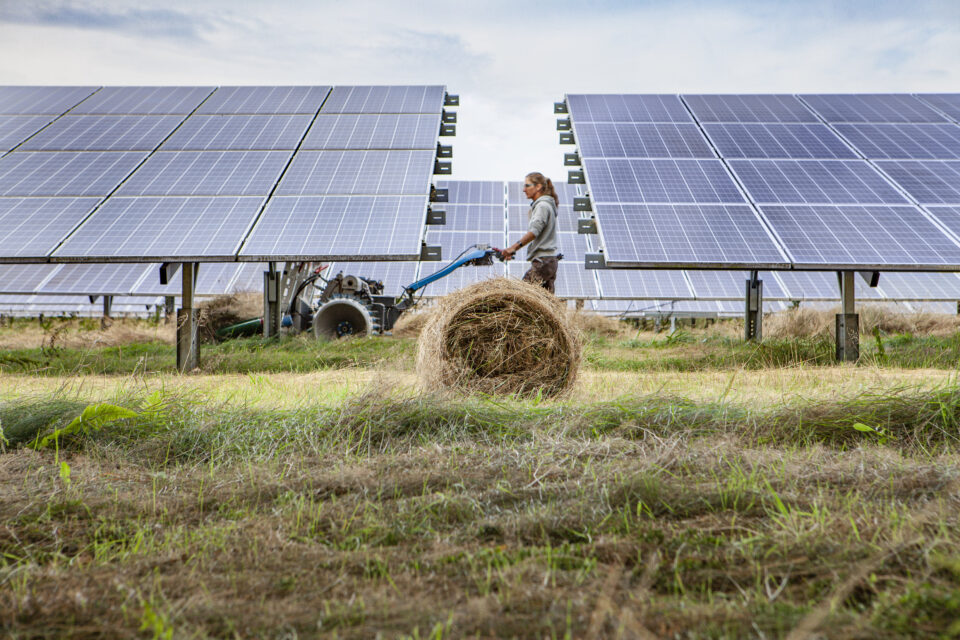
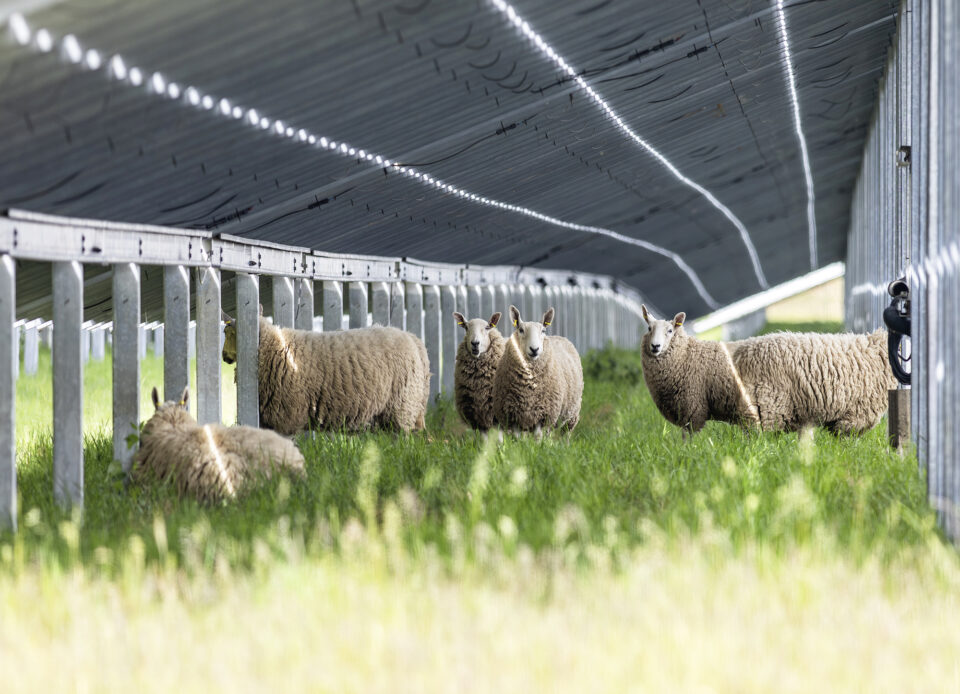
Energy production plus agriculture
Land maintenance needs agriculture
Areas within ground-mounted PV installations require a permanent care. This is necessary in every solar park, for example to prevent scrub encroachment. In contrast to traditional agriculture, the Area maintenance generally extensivewhich also benefits biodiversity.
With regard to the agricultural use of ground-mounted PV systems, there is a need for action so that farmers can also make a contribution to the energy transition. SonneSammeln accompanies them on their journey and reports on current developments.
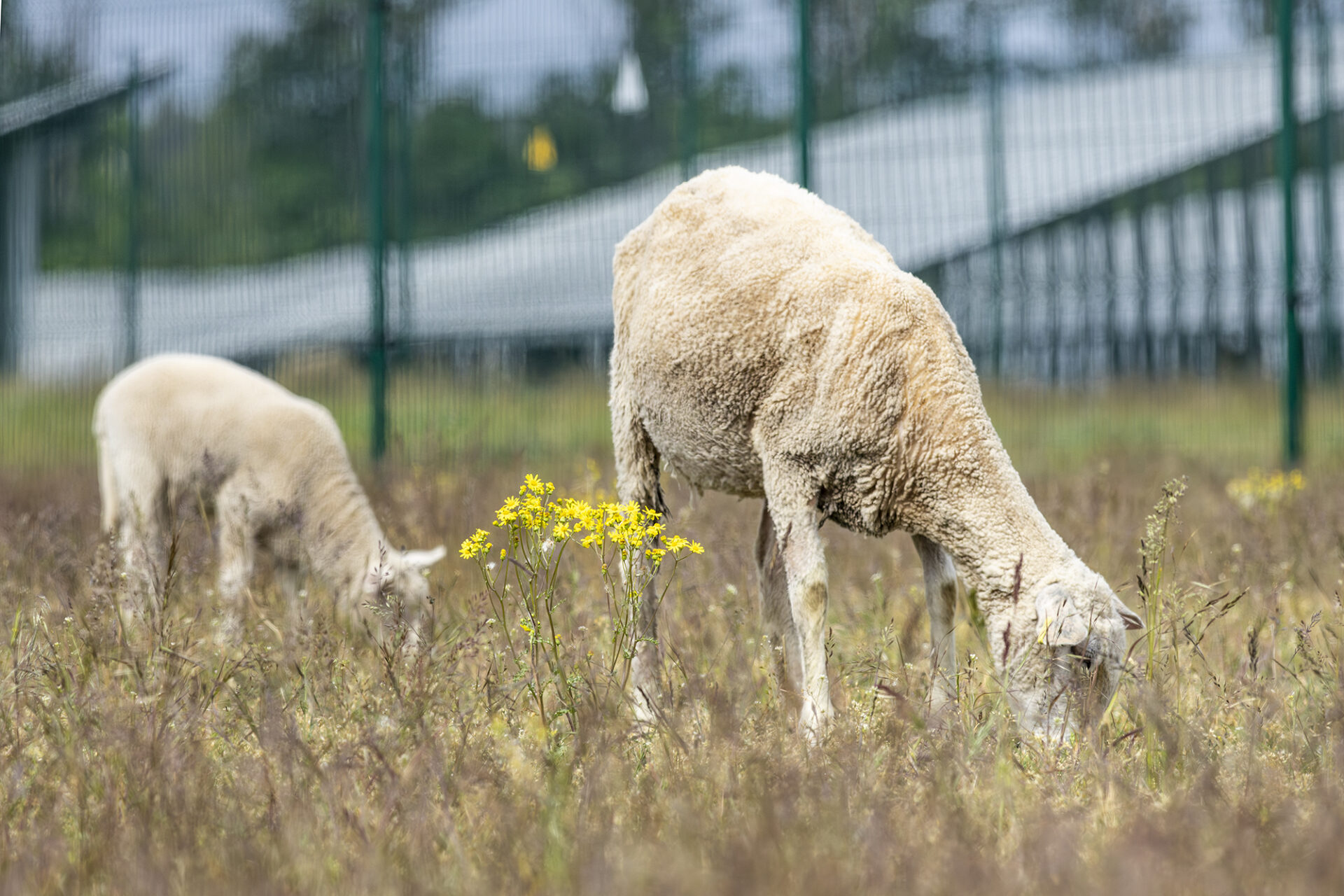
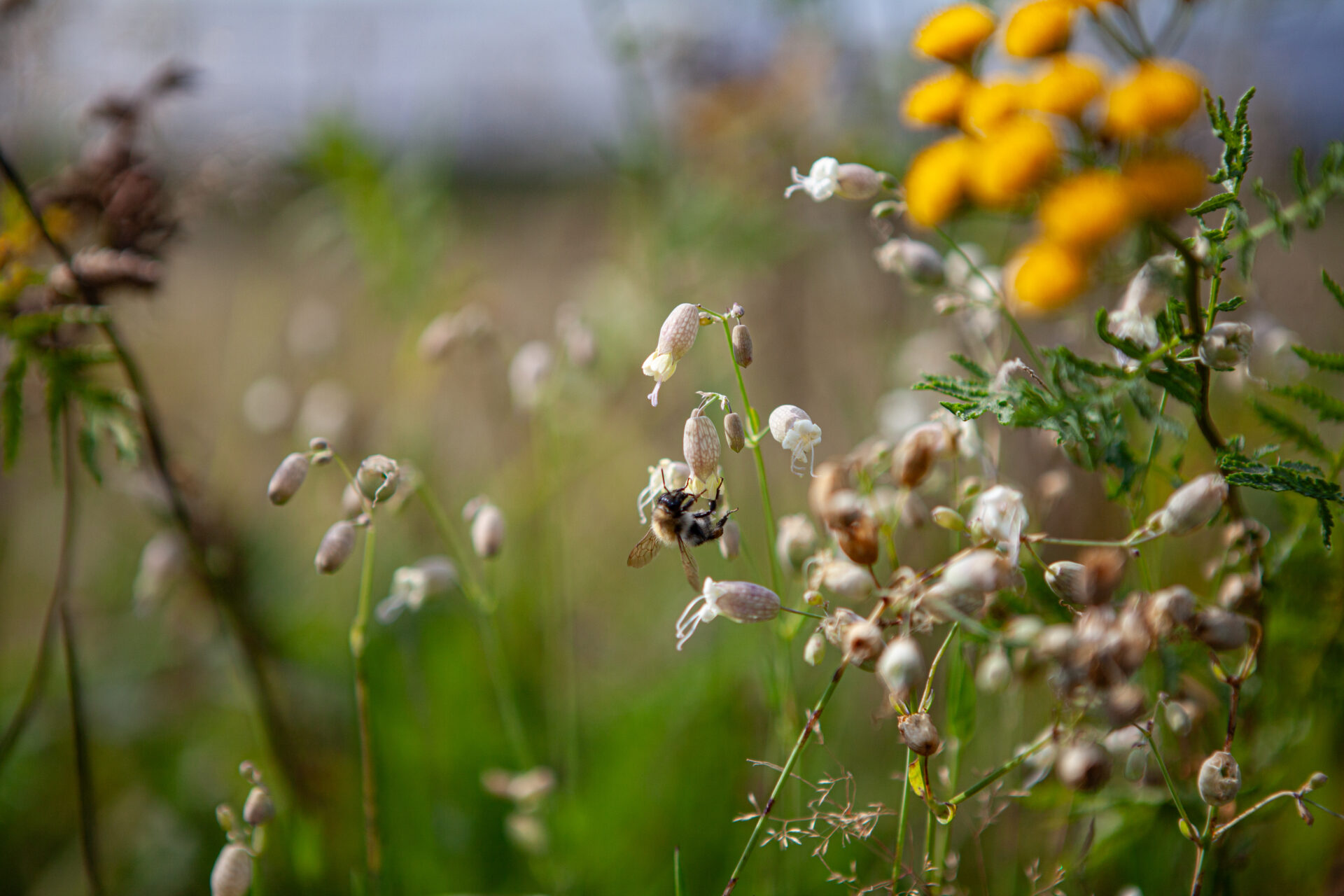
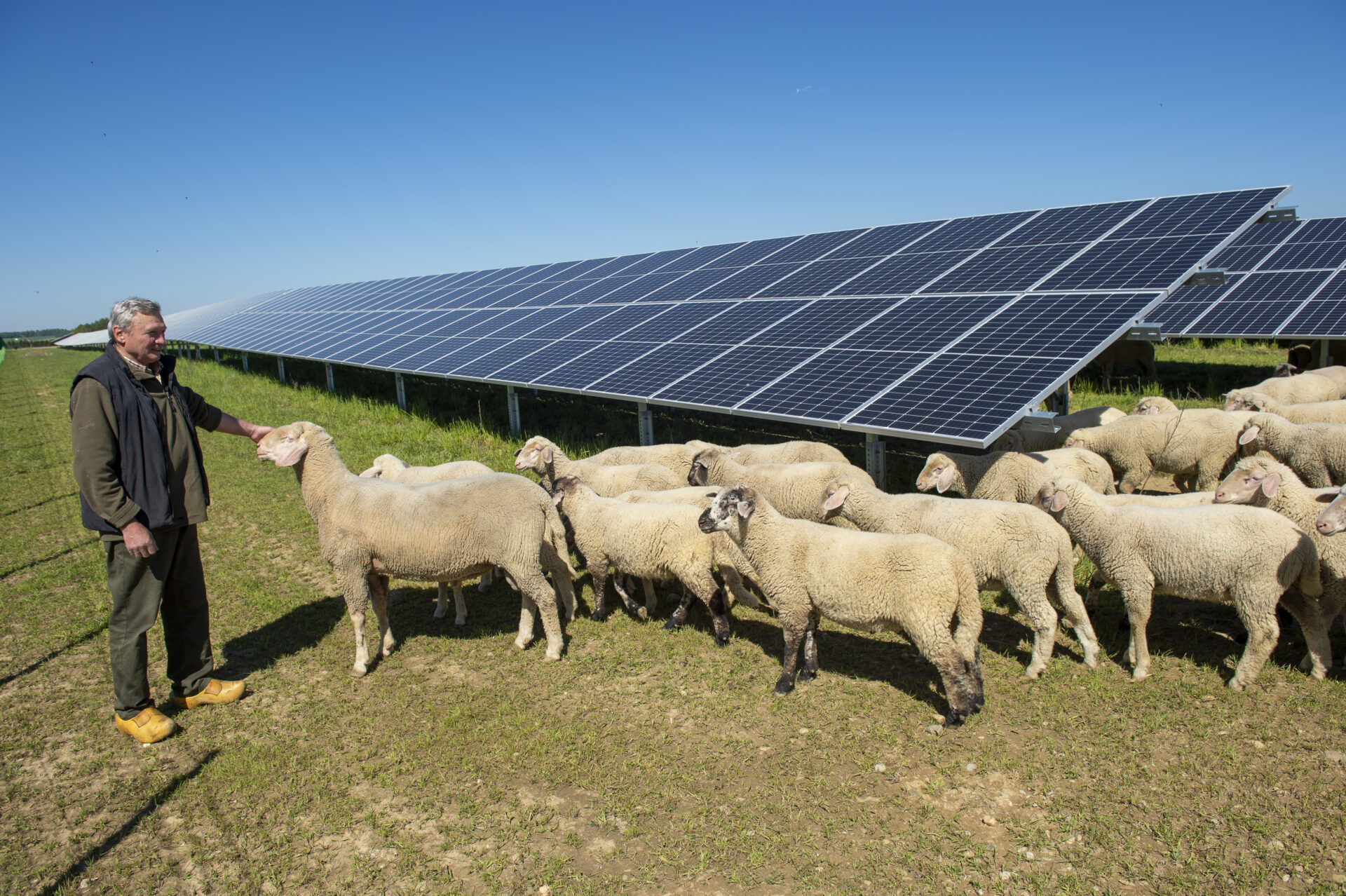
Did you know?
Things to know about land maintenance and utilisation
Solar parks are usually mowed twice a year.
Areas in solar parks are usually mowed twice a year, even if they are occasionally grazed by sheep, for example. As neither pesticides nor fertilisers are used in solar parks, organic hay could be produced there. As the mown material is removed, this creates particularly valuable meadows for biodiversity.
Solar parks are colourful and species-rich.
With the right care, species-rich flowering meadows, which have become rare in our cultivated landscape, develop on solar parks. Biodiversity increases on these extensively utilised solar park areas, so that solar parks can become "flowering strips XXL". Habitats are created for beetles, butterflies, grasshoppers, wild bees and other insects.
Sheep are often used for natural land maintenance.
Solar parks often serve as sheep pastures and plant operators enter into co-operations with regional shepherds. But it's not just sheep that feel at home on the land. There are also initial pilot projects involving the free-range rearing of poultry or pigs. The advantage of solar parks here is their fencing and the rows of PV modules, which protect the animals from the weather.
The soil in ground-mounted PV systems can recover.
Solar park areas are extensively maintained, i.e. the care of the land is gentler than on areas used for food production. Depending on how the land is cultivated, the soil can even recover. This reduces erosion and improves water retention capacity. If climate-friendly humus is to be built up, mulch mowing is possible - albeit at the expense of biodiversity.
Interesting contributions
You can find more interesting articles on this topic here:
Forum Solar Plus as a stage for innovation: studies show the potential of solar parks for biodiversity and agriculture
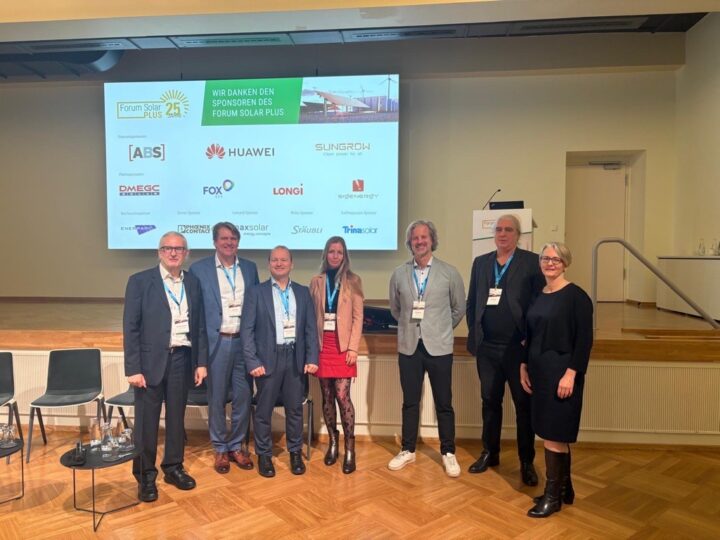
Between sun and seed: what grows on our solar parks?
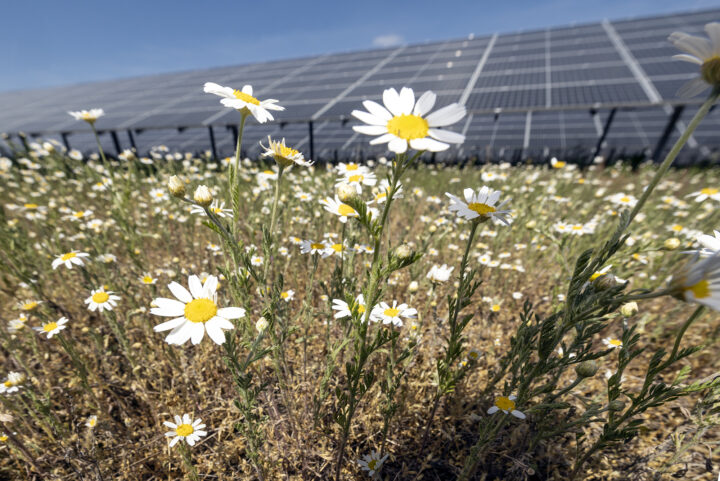
Germany's largest Agri-PV plant officially commissioned

